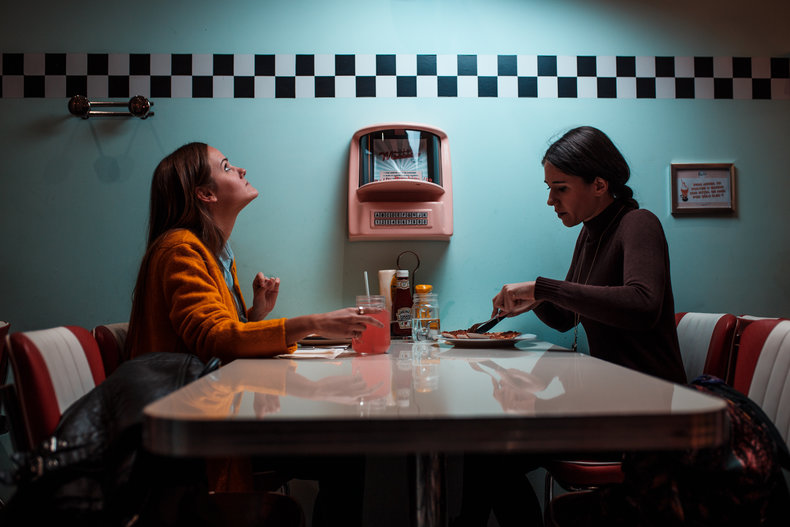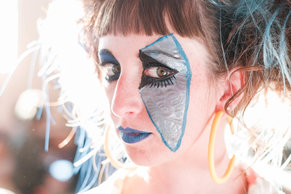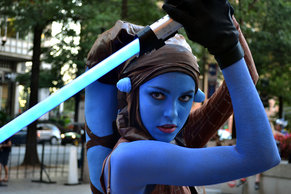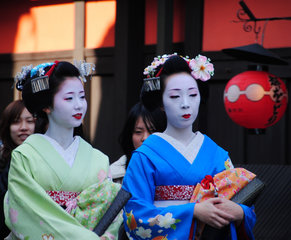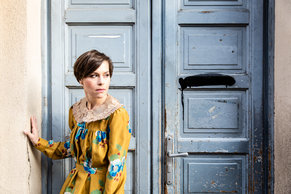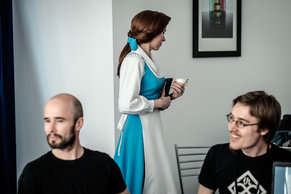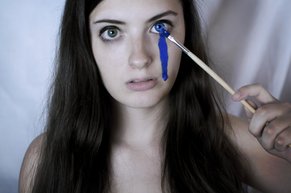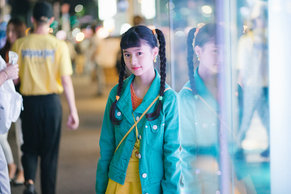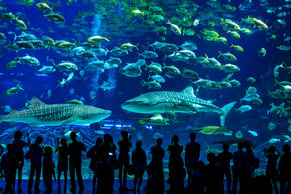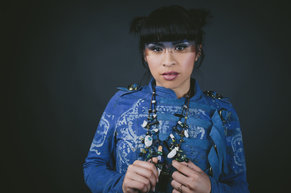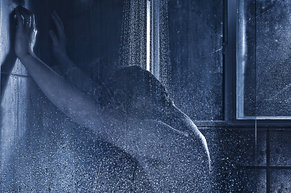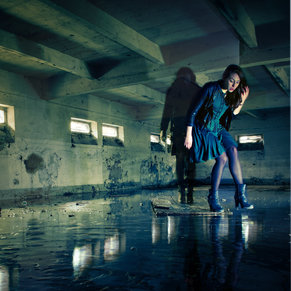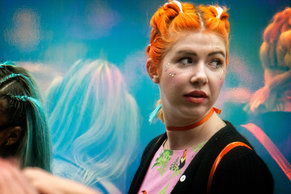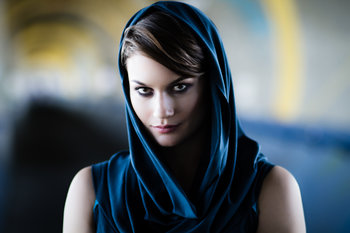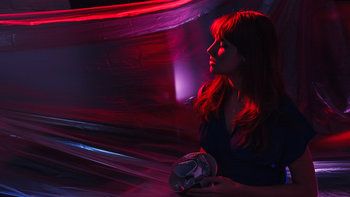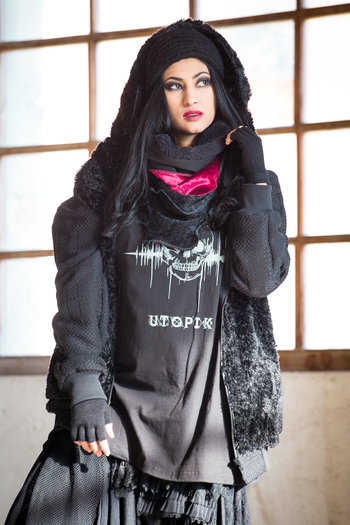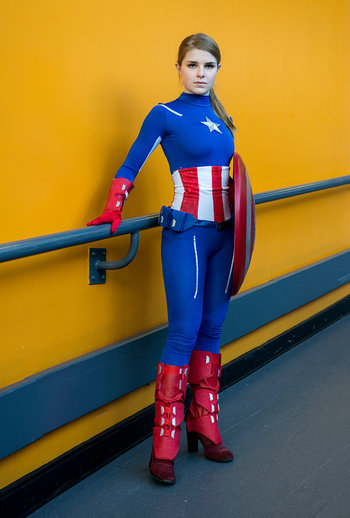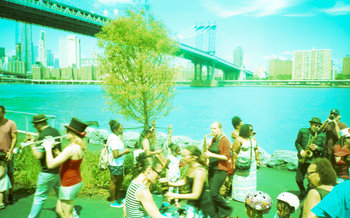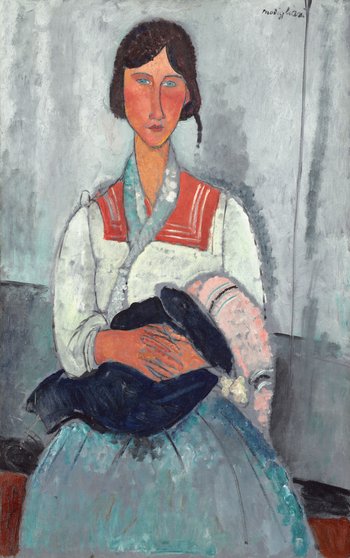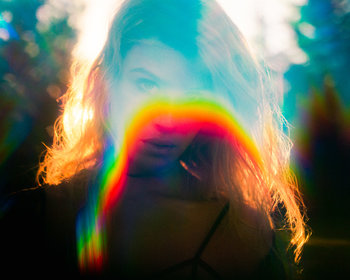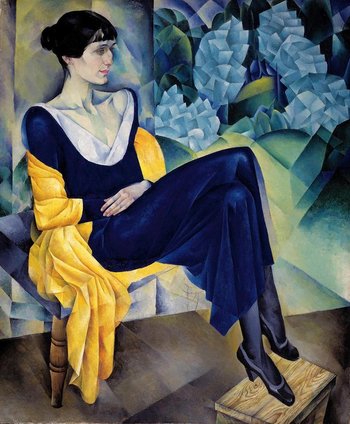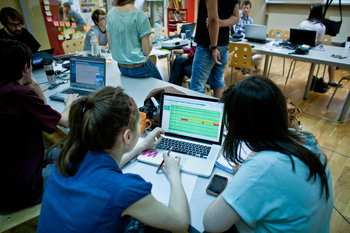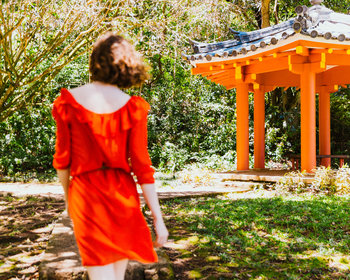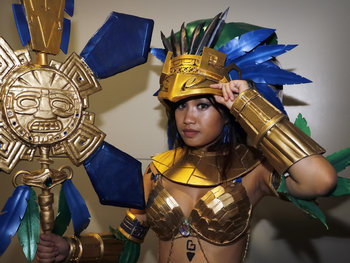Blue is a pervasive color in nature that has symbolic meaning to most, if not all, cultures. As the color that dominates the sea and sky, blue is familiar, comfortable, calm and inoffensive. It often feels like an unremarkable background color. However, as a pigment blue was historically rare and expensive such that much folklore developed around its use. The following are common meanings attached to blue followed by a detailed description of each.
Baby Blue
#c3e7fd
Blue traditionally symbolizes youth.
Dark Navy Blue
#00022e
Dark blues are a formal color traditionally used for formal wear.
Royal Blue
#000d50
Blue has symbolized high status institutions in Europe since antiquity.
Sky Blue
#00ccff
Blue is the color of sky and sea. As such, it tends to feel calm.
Ice Blue
#ebfff9
Blue feels cool or cold due to its association with natural elements.
Alice Blue
#f0f8ff
Blues are variously associated with masculinity or femininity depending on the shade.
True Blue
#112358
Blue symbolizes loyalty and trust.
Sincere Blue
#39bdf2
Honesty, sincerity and truth.
Peace Blue
#a8dcdf
Blue is commonly use to symbolize peace, civility and cooperation.
Blue Moon
#1890a8
Rarities and surprise events as with the sayings “once in a blue moon” and “out of the blue.”
Midnight Blue
#120b21
Blue is used as an analogy to feeling down such as “getting the blues.” As such, it can represent sadness.
Blue Monday
#0c1f69
Symbolizes routine and stability.
Diamond
#cff7f6
Associated with luxury and high value items such as diamonds and sapphires.
Marine Blue
#11778b
Oceanic environments and water in general.
Sailing Blue
#439dfb
Sailing culture and related imagery.
Clean Blue
#00e7f1
Cleanliness and sanitation due to blue’s association with water.
Neon Blue
#000afc
Blues such as neon blue are associated with cyberpunk and retrofuturism.
Ghost Blue
#c0d0df
Ghosts and the supernatural.
Midnight Blue
#191970
The nighttime sky is often perceived as blue such that dark blues can symbolize the night.
Space Cadet
#1e2952
Space and space exploration.
Robin's Egg Blue
#00cccc
Mature femininity and elegance.
Cornflower Blue
#6495ed
Blue and particularly cornflower blue is associated with romantic hope and fidelity.
Standard Blue
#0889e4
Blue is the most popular color that is viewed as a safe choice. It is conventional and reserved.
Police Blue
#2417ac
Symbolizes the police due to association with blue uniforms.
Old Glory Blue
#002147
Symbolizes America and patriotism.
French Blue
#0b257c
Traditionally symbolizes France and French culture.
Liberty
#0e1531
Liberty and freedom due to association with America and France.
Earth Blue
#2b2ae4
The planet Earth and environmentalism related to water and air.
Blue Purity
#bde1f0
Blue symbolizes purity due to its association with clean water.
Mystic Blue
#00fff2
Vivid blues are rare in nature such that blue is used in mystical imagery.
Summary
The following are the strongest associations with blue:Boys | Calm |
Christianity | Cold |
Formality | Ghosts & The Supernatural |
Gullibility | Loyalty |
Marine Environments | Masculinity |
Naivety | Navy |
Neutral | Nobility |
Police | Royalty |
Sadness | Sailing |
Sea | Sincerity |
Sky | Trust |
| Youth |
